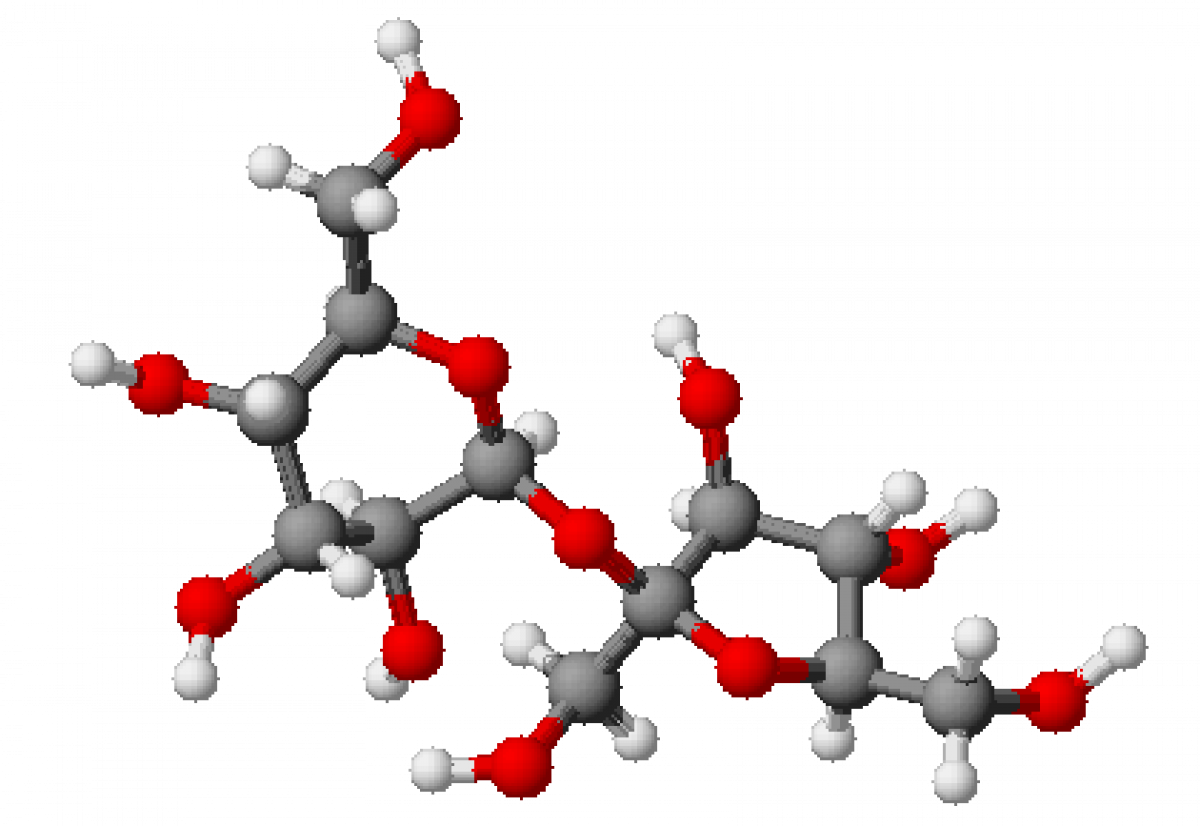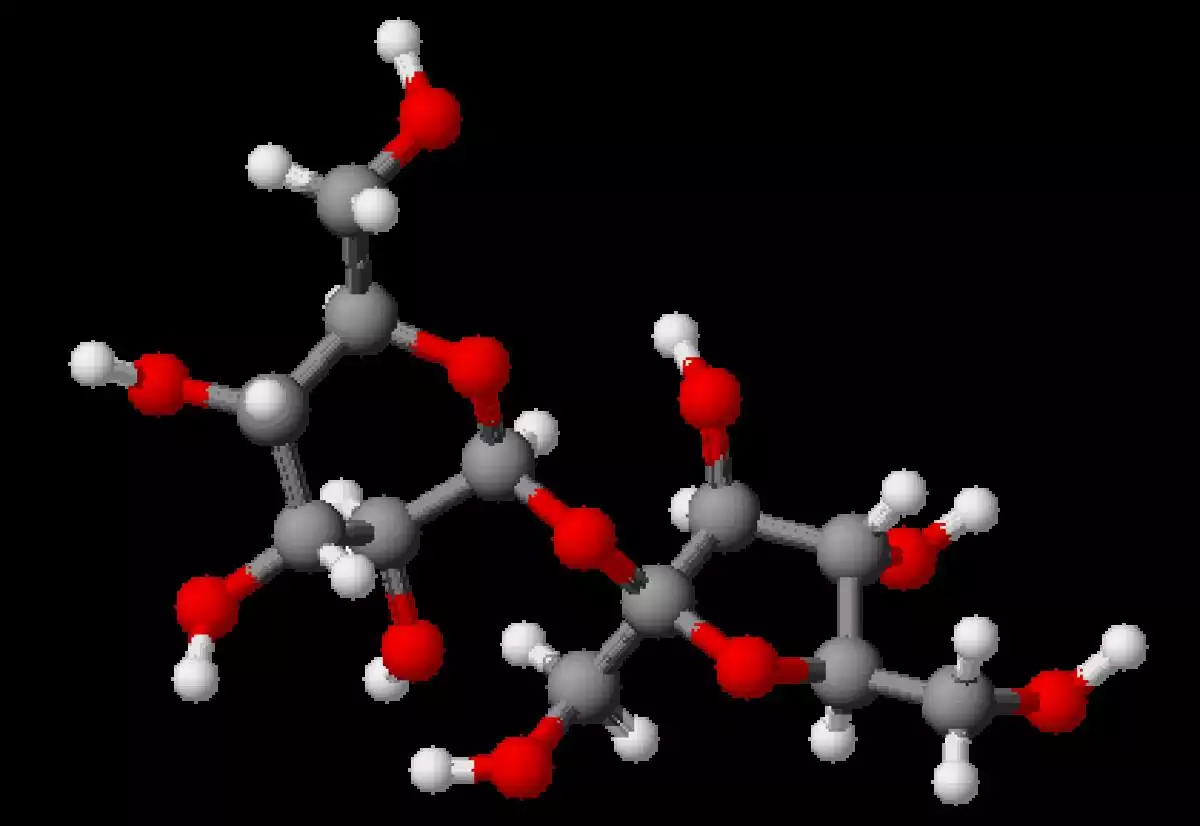
In this article, we are going to explain what cell metabolism is, which parts it has, its functions, and the way it helps cells and living organisms in the cycle of life.
This biological mechanism has different steps and is an elaborate process that can be difficult to understand. That is why we are going to explain the fundamentals of this concept easily.
Cell metabolism definition
The term metabolism comes from Greek and means "change." At biological levels, we refer to chemical, physical and physiological changes in the structure and functioning of cells.
Without these changes, life as we know it would be unviable, so we can say with certainty that cellular metabolism allows life to be created (and destroyed).
Cell metabolism in evolution
Depending on the species, the environment, and the needs a living being has throughout its evolution, the characteristics and the cellular metabolic processes should vary. But the truth is they don't.
It is known that the essential metabolic pathways in all species are the same, even between species as different as unicellular bacteria and elephants. This is probably explained by the fact that these pathways appeared at the beginning of evolution as basic mechanisms and were essential for the development of species.
Metabolic pathways
A metabolic pathway is a succession of chemical processes that take place until it gets to a final product. Thus, we are talking about chain processes where A has B as a result, due to a metabolic process; and later obtains C through B, because of a new metabolic process. And so on.
What is cellular metabolism used for?
Broadly, cell metabolism, as we have said, allows the living and evolution of a species, both at an ontogenetic and phylogenetic level.
We can say that cell metabolism has an effect on so many functions that it is difficult to list them all, as it is an intrinsic part of terrestrial biology. In any case, this biological mechanism is useful for cells to grow, reproduce, survive, respond to the environment, and do the activities they are meant to do.
Metabolic processes
We can divide cell metabolism in two processes that we are going to explain in the following lines:
1. Catabolism definition
All catabolic processes are in charge of releasing energy. So you can understand it better, we are going to put sugar as an example.
When we eat something that contains sugar (or any substance) different cell metabolic processes allow sugar to turn into energy for the body (this specific process is called glycolysis).
So we can say that catabolism is the part of the cell metabolism that allows the human body (and all living beings' body) to obtain energy from other chemical compounds.
2. Anabolism definition
As to be expected, the anabolic process of cell metabolism is in charge of synthesizing chemical compounds that are useful for the body, using the energy available in the organism.
This is why anabolic steroids are chemical compounds which allow the generation of new elements that are useful for the musculature of sportsmen and women, thus improving their performance.
Enzymes and cell metabolism
In order to understand how cell metabolism works, we need to keep enzymes in mind. We also have to keep in mind that in any metabolic process, there are two components: the substrate and the product.
The substrate is the chemical compound that the body has before the process, while the product is what is obtained after the process.
There are as many enzymes as substrate-reaction processes in the organism, and these are in charge of intermediating, making the process faster and more efficient, or just making it possible.
Such enzymes are regulated by the body through different physiological processes that, depending on the conditions of the body, increase or reduce its quantity so that the cell metabolism suits the needs of the whole organism.
What molecules do we metabolize?
There are a great variety of molecules that are used in cellular metabolic processes (anabolism and catabolism). Below, we are going to list the three most important ones:
1. Proteins
Proteins are formed by amino acids and organized in the shape of a chain through peptide bonds (an amino group plus a carboxyl group).
The enzymes that we talked about are a kind of protein that is used in all sorts of metabolic processes. Other proteins, however, are in charge of giving the cells a "structure," as if it was a skeleton.
This is why protein molecular metabolization can have many functions, being catabolized or anabolized.
2. Carbohydrates
At a cellular level, carbohydrates are used to store energy or as strutural components. Their catabolization offers the organism a great quantity of energy.
3. Lipids
As carbohydrates, lipids are a great source of energy for the body. They are molecules that stand out due to their high biodiversity. They are part of the cell membranes of the cells in our organism.
Toxicity and metabolism
After understanding what the cell metabolism is, we discover a very interesting fact which is its implication in toxicity levels in an organism.
Especially in the catabolism process, the characteristic cell metabolism of a species is the one that tells us which food is good for them and which isn't.
This is because the food that can be processed (catabolized) through different metabolic processes to obtain energy and other useful compounds will be non-toxic food. However, the food that can't be catabolized will be useless food for the organism or even toxic, if it does not have the necessary mechanism to get rid of them.
- Original article in caracterurbano.com: Metabolismo celular: qué es, cómo funciona y tipos
References
Castillo, A., Meléndez, I. y Madrid, M. A. Biología y Geología 1º Bachillerato. (2008). Edit. Santillana.
Plaza, C., Hernández, J., Martínez, J., Castro, P., Medina, F. J. y ;Martínez, J. J: Biología 2º Bachillerato. (2016). Edit. Anaya.
Price N. y Stevens L., Fundamentals of Enzymology: Cell and Molecular Biology of Catalytic Proteins, Oxford University Press, 1999.

